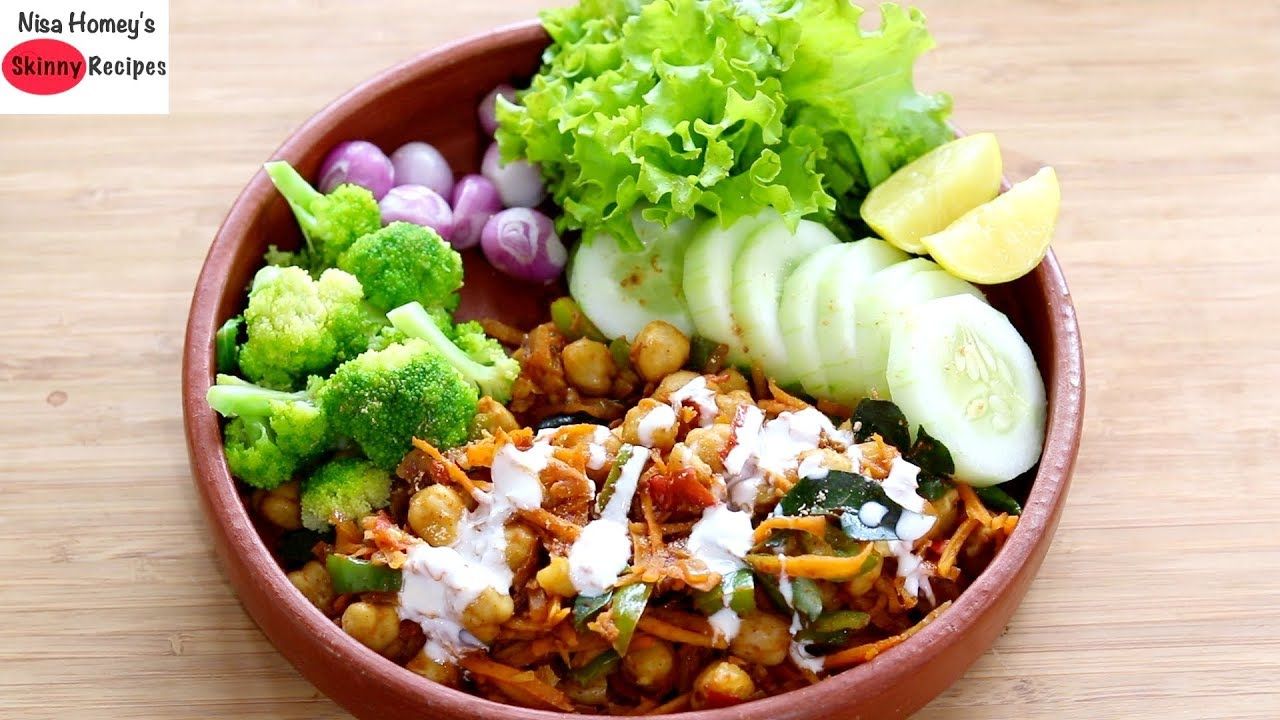Are you ready to take control of your fitness journey? Whether you’re a seasoned gym-goer or just starting to prioritize your health, having a clear and best fitness plan and diet plan is essential to achieving long-term results. In this blog, we’ll break down an effective fitness and diet plan that you can tailor to your personal goals.
Why a Combined Fitness and Diet Plan?
Fitness is more than just working out, and diet is more than just calorie restriction. When combined, the two create a holistic approach that supports muscle growth, fat loss, improved energy levels, and overall well-being. Here’s how you can maximize both:
Set Clear, Achievable Goals
Before you start your fitness and diet plan, it’s important to set specific goals. Do you want to lose weight, gain muscle, improve endurance, or maintain your current shape? Knowing what you’re working toward will help you stay motivated and choose the right exercises and nutrition strategies.
SMART Goals Framework:
Specific
Measurable
Achievable
Relevant
Time-bound
Build Your Fitness Routine
A well-rounded fitness plan combines strength training, cardiovascular exercise, flexibility work, and rest. Here’s a weekly breakdown of an effective fitness schedule:
Strength Training (3–4 days a week)
Focus on compound movements such as squats, deadlifts, bench press, and pull-ups. These exercises target multiple muscle groups, helping you build strength and muscle mass. Don’t forget to incorporate both upper and lower body exercises.
Working out with a friend or hiring a personal trainer can keep you motivated, as you’ll have someone to share the experience with and hold you accountable. Even online fitness communities or social media support groups can be great sources of motivation and encouragement.
Fatigue and Burnout
If you’re feeling mentally or physically drained, it may be time to take a rest. Overtraining can lead to burnout, so listen to your body and give yourself permission to recover when needed. Adding active rest days, incorporating mindfulness practices like meditation, or simply taking a nap can help recharge your batteries.
Example Full Body Workout:
Day 1: Upper Body (Chest, Shoulders, Triceps)
Bench Press: 4 sets x 8-10 reps
Dumbbell Shoulder Press: 3 sets x 10 reps
Tricep Dips: 3 sets x 12 reps
Push-ups: 3 sets to failure
Day 2: Lower Body (Legs, Glutes, Core)
Squats: 4 sets x 8-10 reps
Deadlifts: 3 sets x 8 reps
Lunges: 3 sets x 12 reps (each leg)
Plank: 3 sets x 30 seconds
Day 3: Back & Biceps
Pull-ups: 3 sets to failure
Barbell Row: 4 sets x 8-10 reps
Bicep Curls: 3 sets x 12 reps
Face Pulls: 3 sets x 12 reps
Day 4: Full Body Circuit
Kettlebell Swings: 3 sets x 15 reps
Push-ups: 3 sets x 12 reps
Box Jumps: 3 sets x 10 reps
Russian Twists: 3 sets x 20 reps
Cardiovascular Exercise (2–3 days a week)
Cardio plays a vital role in improving heart health, burning calories, and boosting endurance. Include activities like running, cycling, swimming, or high-intensity interval training (HIIT).
Example Cardio Sessions:
Session 1: 30-minute jog at moderate pace
Session 2: 20 minutes HIIT (sprints, jumping jacks, burpees)
Session 3: 45-minute cycling or swimming
Flexibility & Recovery (1–2 days a week)
Don’t underestimate the power of stretching and mobility work. Yoga or Pilates once or twice a week will not only improve flexibility but also reduce stress and help prevent injuries.
Example Flexibility Routine:
5–10 minutes of dynamic stretches before workouts
15–20 minutes of static stretching post-workout
Consider adding a weekly yoga or Pilates class
Rest and Recovery
Rest days are just as crucial as workout days. Overtraining can lead to burnout and injury, so be sure to take at least one full rest day per week. Sleep is equally important—aim for 7–9 hours of quality sleep every night to allow your muscles to recover and repair.
Craft Your Diet Plan
Nutrition fuels your workouts and supports recovery. The right diet can make all the difference in achieving your fitness goals. Here’s how to structure your meals for maximum results:
Macronutrients
Protein: Essential for muscle growth and repair. Aim for 1.6–2.2 grams of protein per kilogram of body weight. Excellent sources include lean meats (chicken, turkey), fish (salmon, tuna), eggs, legumes, tofu, and Greek yogurt.
Carbohydrates: Your body’s primary energy source. Include complex carbs like whole grains (brown rice, quinoa, oats), starchy vegetables (sweet potatoes), and legumes (beans, lentils). Carb intake is especially important post-workout to replenish glycogen stores.
Fats: Healthy fats are crucial for hormone regulation and overall health. Focus on sources like avocados, nuts, seeds, olive oil, and fatty fish.
Micronutrients
Vitamins and minerals are vital for muscle function, immune support, and energy metabolism. Aim to include a variety of colorful vegetables and fruits in your meals, as they are packed with essential vitamins, antioxidants, and fiber.
Meal Timing
Pre-workout: Eat a balanced meal 1–2 hours before your workout, rich in carbs and protein for sustained energy. A good example would be a whole grain toast with peanut butter and banana.
Post-workout: Consume protein and carbs within 30-60 minutes after exercise to optimize recovery. A protein shake with a piece of fruit or a chicken breast with quinoa is a great choice.
Sample Meal Plan
Breakfast: Oats with almond butter, chia seeds, and berries
Mid-morning snack: Greek yogurt with nuts and honey
Lunch: Grilled chicken salad with mixed greens, avocado, and olive oil dressing
Afternoon snack: Apple with almond butter or a protein bar
Dinner: Baked salmon, quinoa, and steamed broccoli
Evening snack: Cottage cheese with a few slices of cucumber or a handful of almonds
Hydration
Staying hydrated is essential for energy levels, muscle function, and overall health. Drink water throughout the day, especially before and after workouts. Aim for at least 8 cups (2 liters) of water daily, but more if you’re highly active.
Tracking Progress and Adjusting
A fitness and diet plan is a living document that should evolve as you progress. Regularly assess your progress by tracking workouts, taking photos, measuring body composition, and noting how you feel mentally and physically. Adjust your workouts and diet as needed to continue progressing toward your goals.
Final Thoughts
Building a fitness and diet plan tips requires time, consistency, and patience. There are no shortcuts to success, but by committing to a balanced approach that incorporates strength training, cardio, flexibility, and proper nutrition, you’ll be well on your way to becoming the healthiest, strongest version of yourself. Stay consistent, trust the process, and enjoy the journey!
Let’s get started today, and take that first step toward a healthier and happier you!




